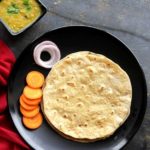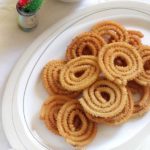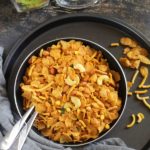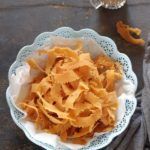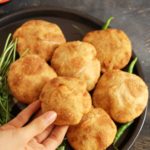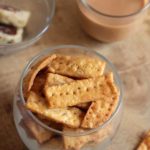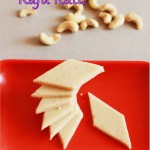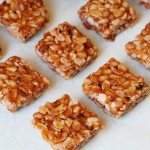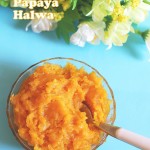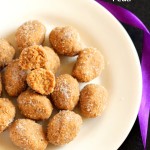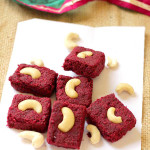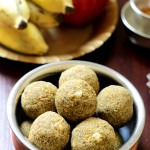This post is dedicated to all novice cooks who are taking baby steps in the kitchen. Some of you may be struggling to cook the perfect rice or perfect chapati which are staple foods of India. Many years ago, I was one among you. How to’s were the big questions running in mind that time. As many of my readers requested to post such cooking basics, today I thought of posting chapati recipe. Let me read your mind and try to answer the questions that arise.
How much water needed to knead chapati dough?
There is no exact answer to this question. The quality of wheat decides the water quantity. So I try to use water in steps, little by little. Initially the dough gets crumble form, then slowly it comes together. Finally you should knead dough which is smooth in texture with no cracks. ALWAYS USE WARM WATER to knead the dough. It helps to get soft chapatis.
Why chapati becomes hard?
There are many reasons. First reason being dough doesn’t have enough moisture. Less water=>Less moisture => tight dough results in hard chapati. If chapatis are not stacked one over the other in a container, then there are chances that chapati getting hard.
How long the dough should rest?
After kneading the dough, it should be covered with damp cloth for at least 15-30 minutes. This resting time helps in getting soft chapatis. I don’t recommend resting the dough for longer than 2 hours as it leads to fermentation.
How to roll chapati round?
This is little tricky. Rolling chapati with perfect round shape comes by practice. Initially you need to try rolling it with even pressure. Dusting enough flour and rotating as you roll keeps the chapati intact from board. Otherwise it will stick to the board. Slowly with persistent practice the perfect round shape can be achieved.
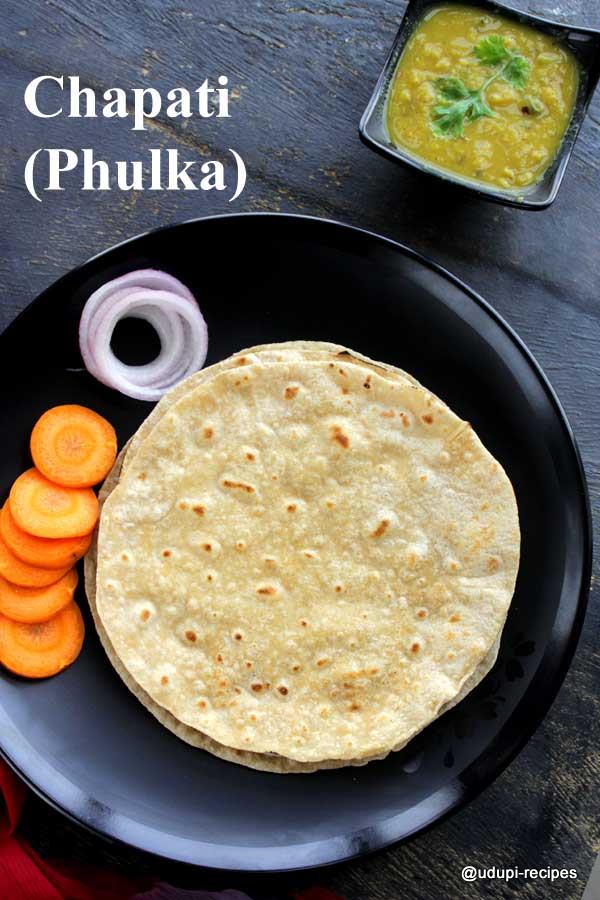
I have tried answering most questions on how to make chapati – phulka. Hope this helps. Let me know if you have any other queries on chapati recipe which I will try to answer.
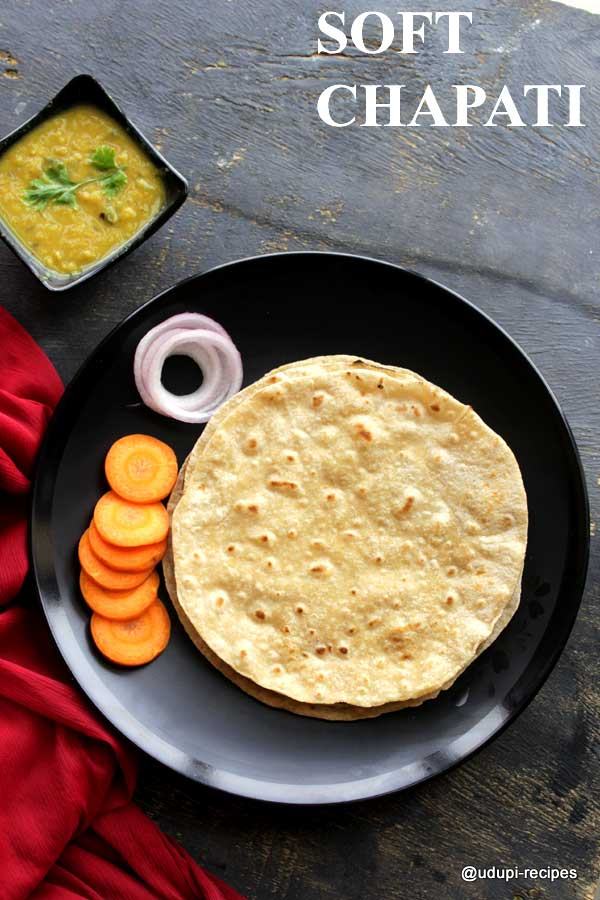
Watch the video:
Chapati Recipe | How to make Chapati - Phulka
Ingredients
- 1 cup Wheat flour
- 1/2 tsp Salt
- Water as needed
Instructions
- Take wheat flour in a wide bowl, add salt and give a mix.

- Add warm water incrementally little by little and keep mixing. The flour absorbs water and comes together.

- When all the flour becomes moist and comes together, knead a soft, pliable dough. The dough shouldn't have cracks. Cover it with damp cloth for at least 15-30 minutes.

- After the resting time, knead again. Divide the dough in to 6 equal parts. And shape it round. Dust enough flour and start rolling with even pressure. As you roll, rotate it so that it doesn't stick to board.

- Dust the flour off from rolled chapati. Then, carefully transfer it over hot tawa. As the bubbles form, put it on direct flame. Flame should be high now. Chapati will puff up now, carefully remove using tongs.

- Put it back on tawa and apply ghee. Remove it after a second. Stack the chapatis one over the other in a hot box.
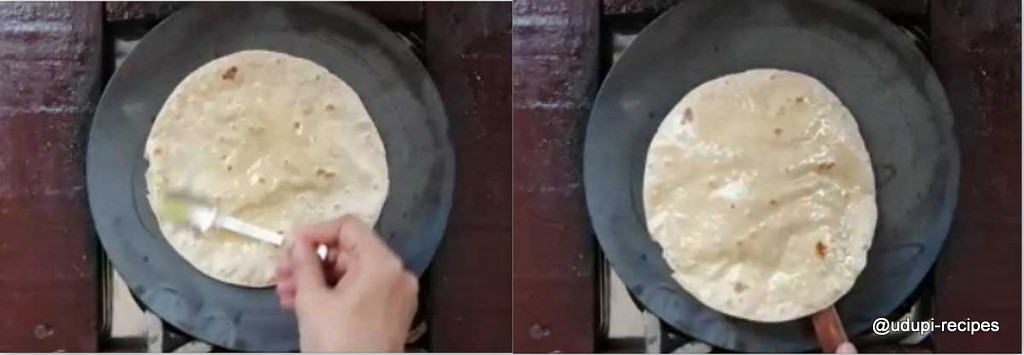
- Soft and delicious chapati is ready to serve with any of the side dishes.

Notes
- Choose good quality wheat flour whichever is available to you locally.
- Always use warm water to knead the dough. Warm water helps in obtaining soft chapati.
- Use water little by little, incrementally. Do not pour all at once.
- Rest the dough covered with damp cloth for at least 15 minutes. This is very important to make soft chapati.
- Use enough flour to dust while rolling. Try to apply even pressure while rolling. With practice chapati turns perfect round shape.
- Cook chapati in medium flame only. Do not use low or high flames at all.
- When you cook the chapati on direct flame, only then flame should be high.
- Keep the chapatis stacked one over the other in a container. It stays fresh and soft for long.
